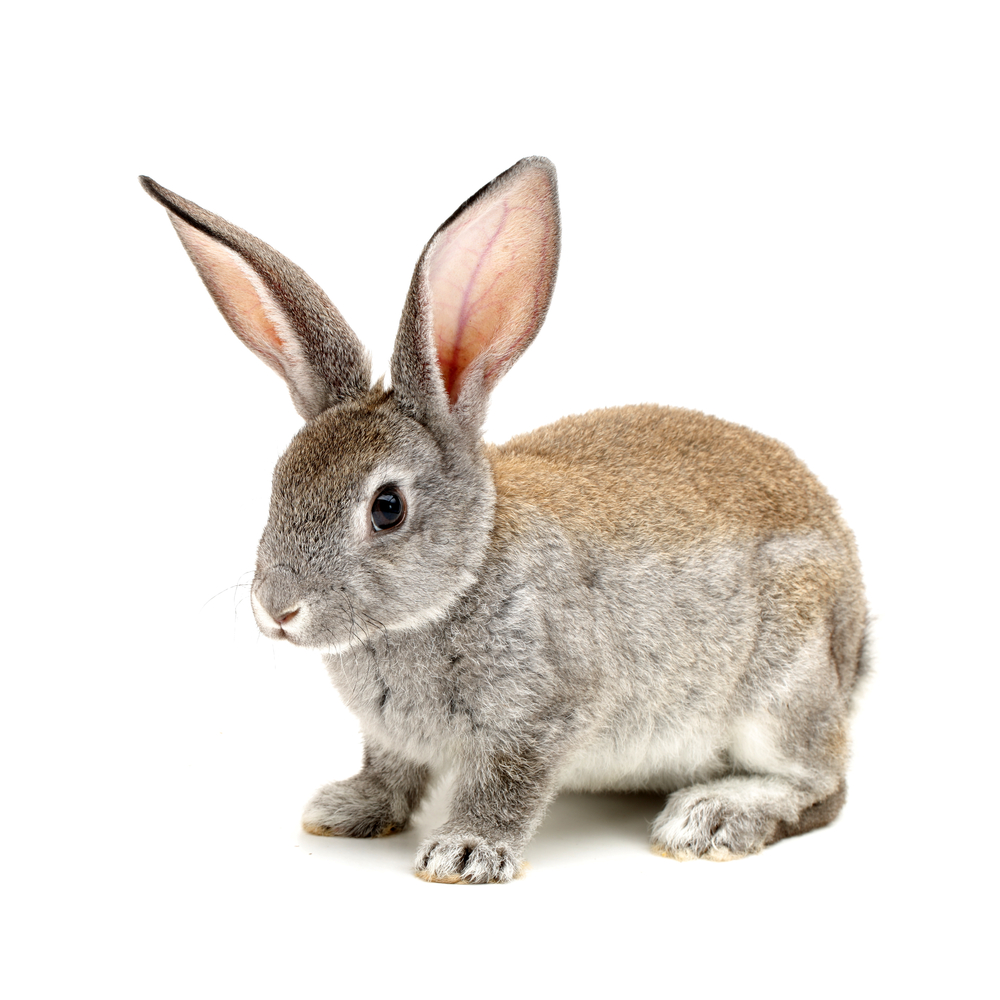
Welcome to Gilles Lambert Pest Control's informative guide on managing rabbit populations. As part of our extensive Pest Library, we aim to provide insightful and practical knowledge about these common and sometimes problematic creatures. Understanding rabbits' behaviour, habitat preferences, and dietary habits is essential for effective and humane management. At GL Pest Control, we are dedicated to offering solutions that balance ecological integrity with the needs of our clients.
Rabbits are known for their prolific breeding, rapid growth, and adaptability. These small mammals have a significant impact on their ecosystems and can become a challenge when their populations grow in human-dominated areas.
Rabbits are crepuscular, meaning they are most active during dawn and dusk. Their diet primarily consists of grass, clover, and other leafy plants, making gardens and landscaped areas particularly attractive to them. The breeding season for rabbits can span most of the year, leading to rapid population increases.
Rabbits prefer areas that provide shelter, such as brush piles, hedges, and other dense vegetation. They can adapt to various habitats, including urban and suburban areas, where they often find abundant food and fewer natural predators.
In gardens and agricultural areas, rabbits can cause significant damage by feeding on plants, vegetables, and flowers. They can also negatively impact native plant populations and contribute to soil erosion due to their foraging and burrowing activities.
At GL Pest Control, we use a combination of methods to manage rabbit populations effectively and humanely.
Professional Consultation and Services: Our experts are available to assess your specific situation and provide tailored solutions. We understand that each property is unique, and we offer personalized consultations to address your rabbit management needs effectively.


